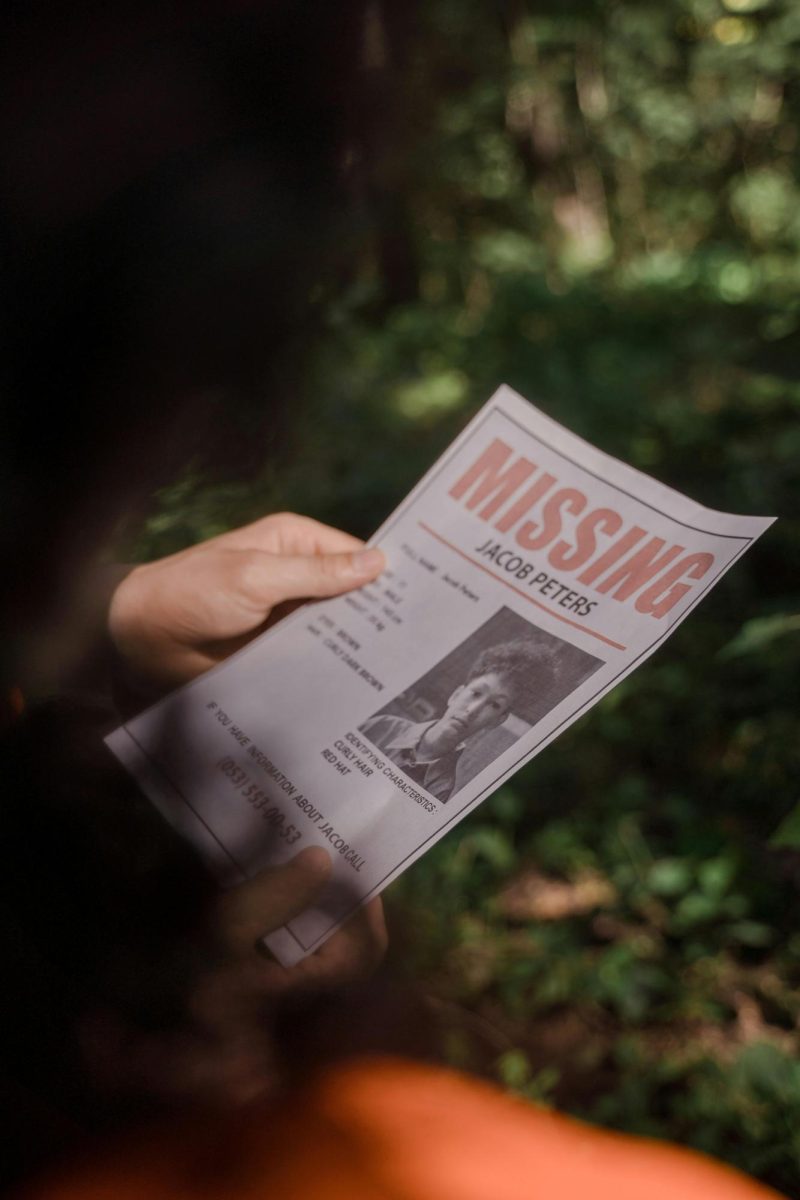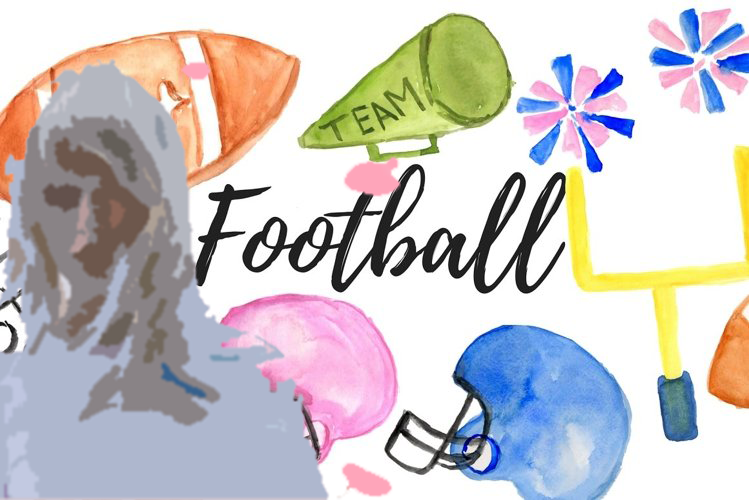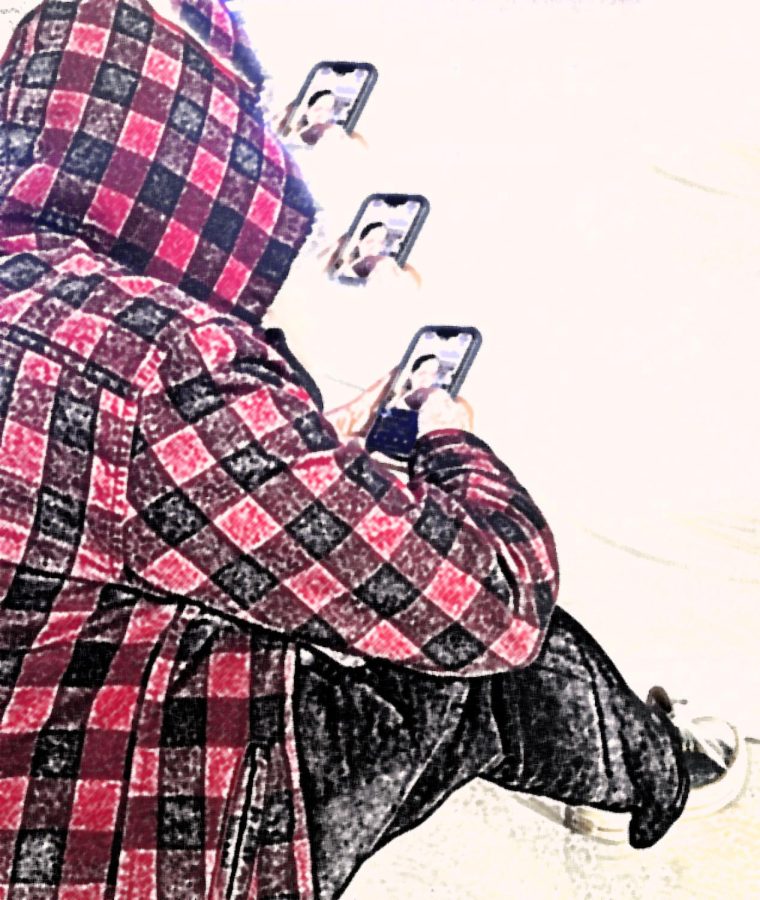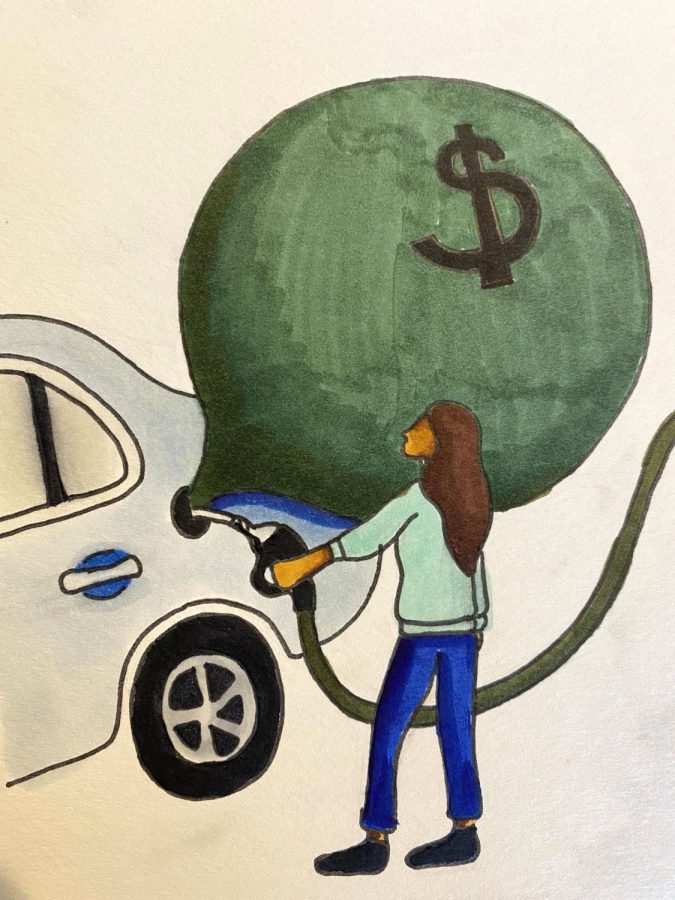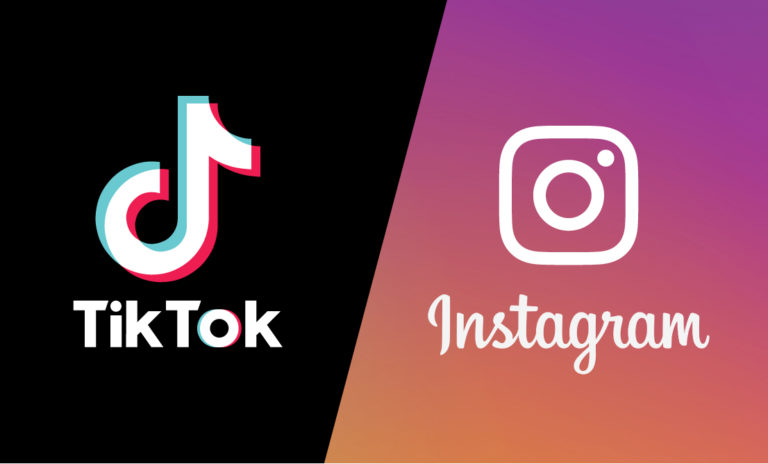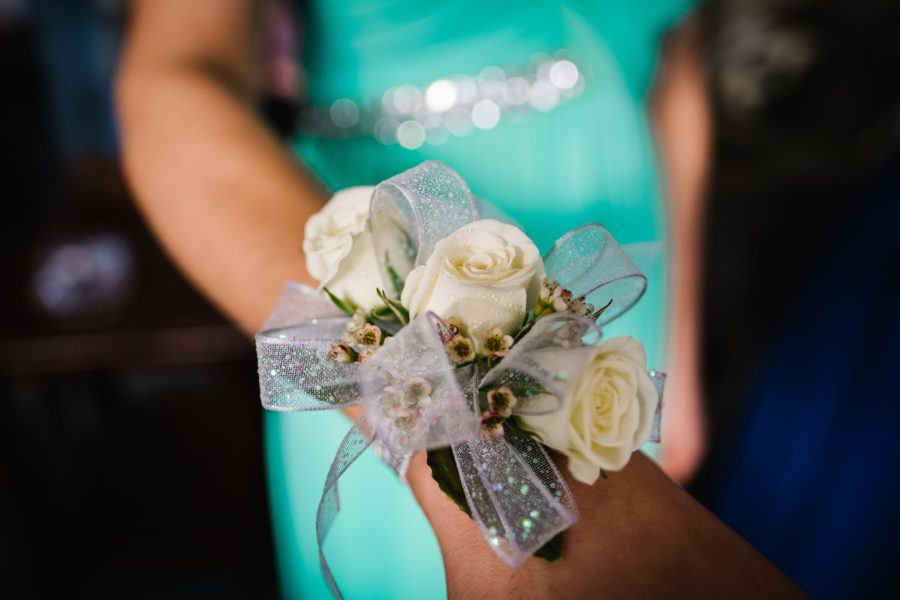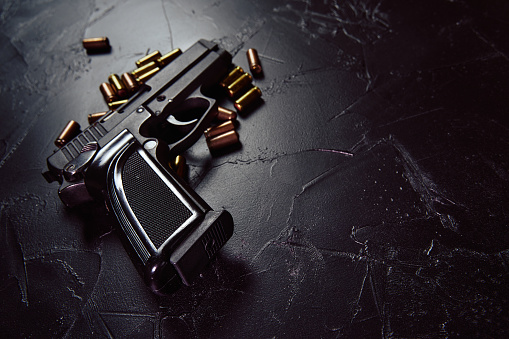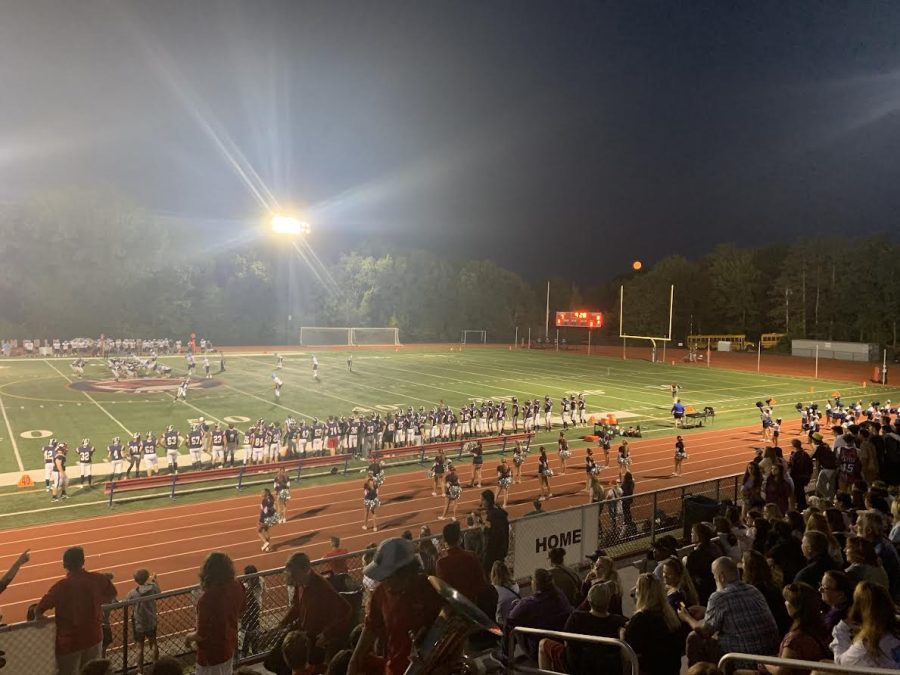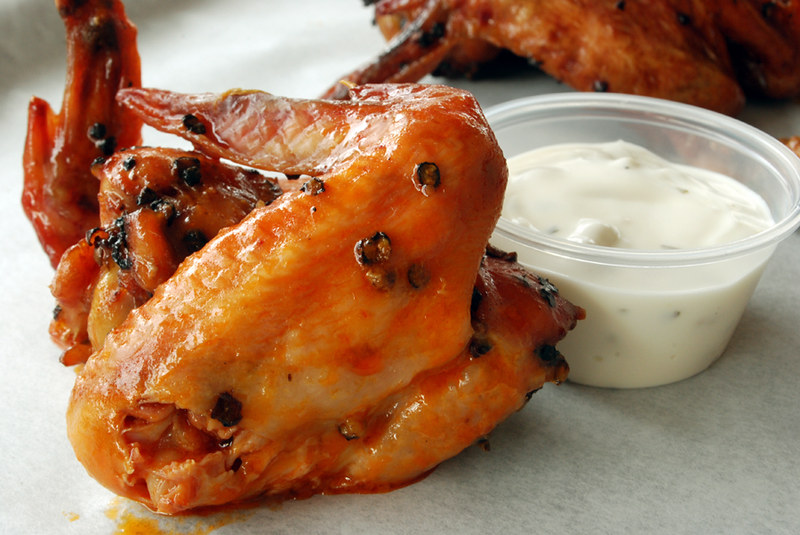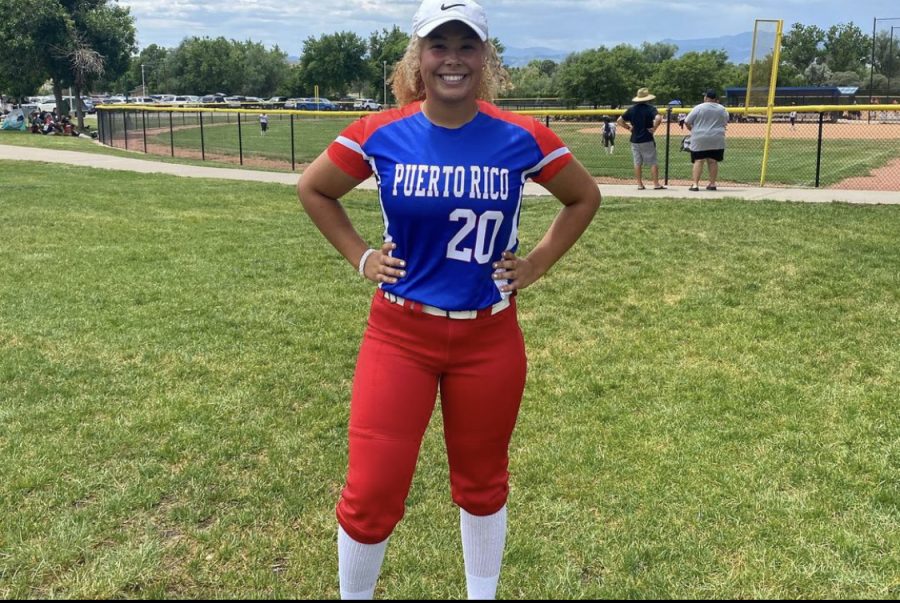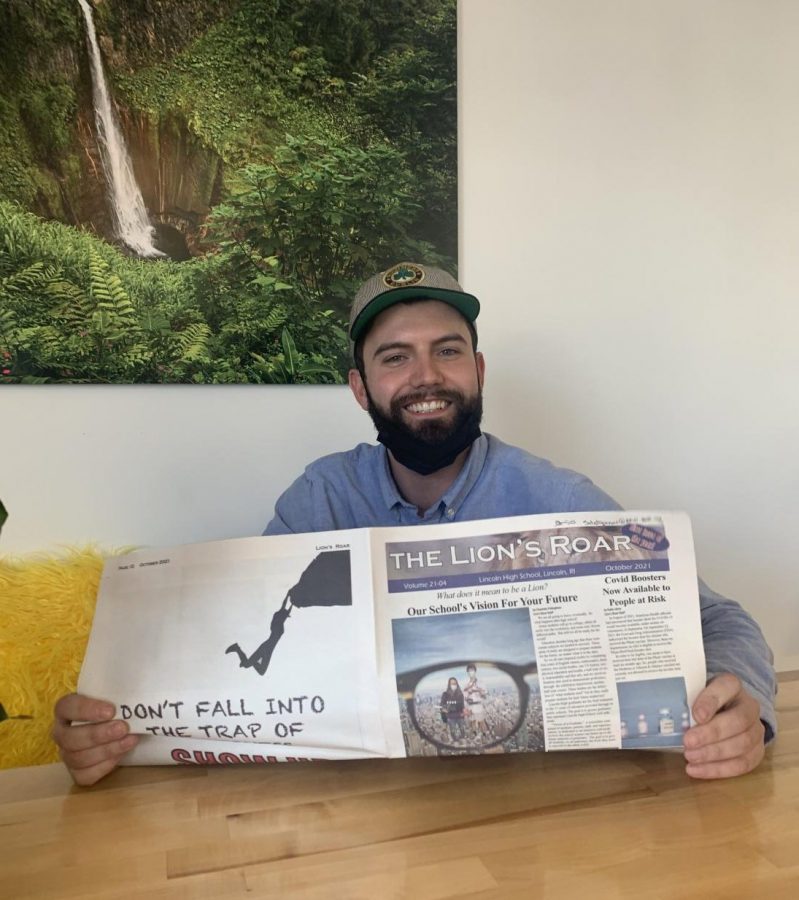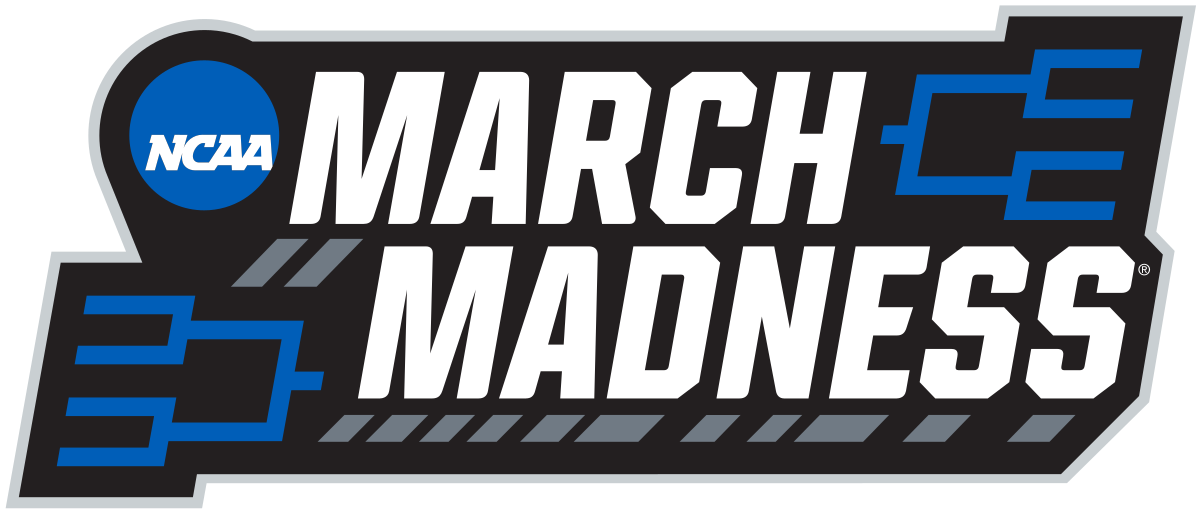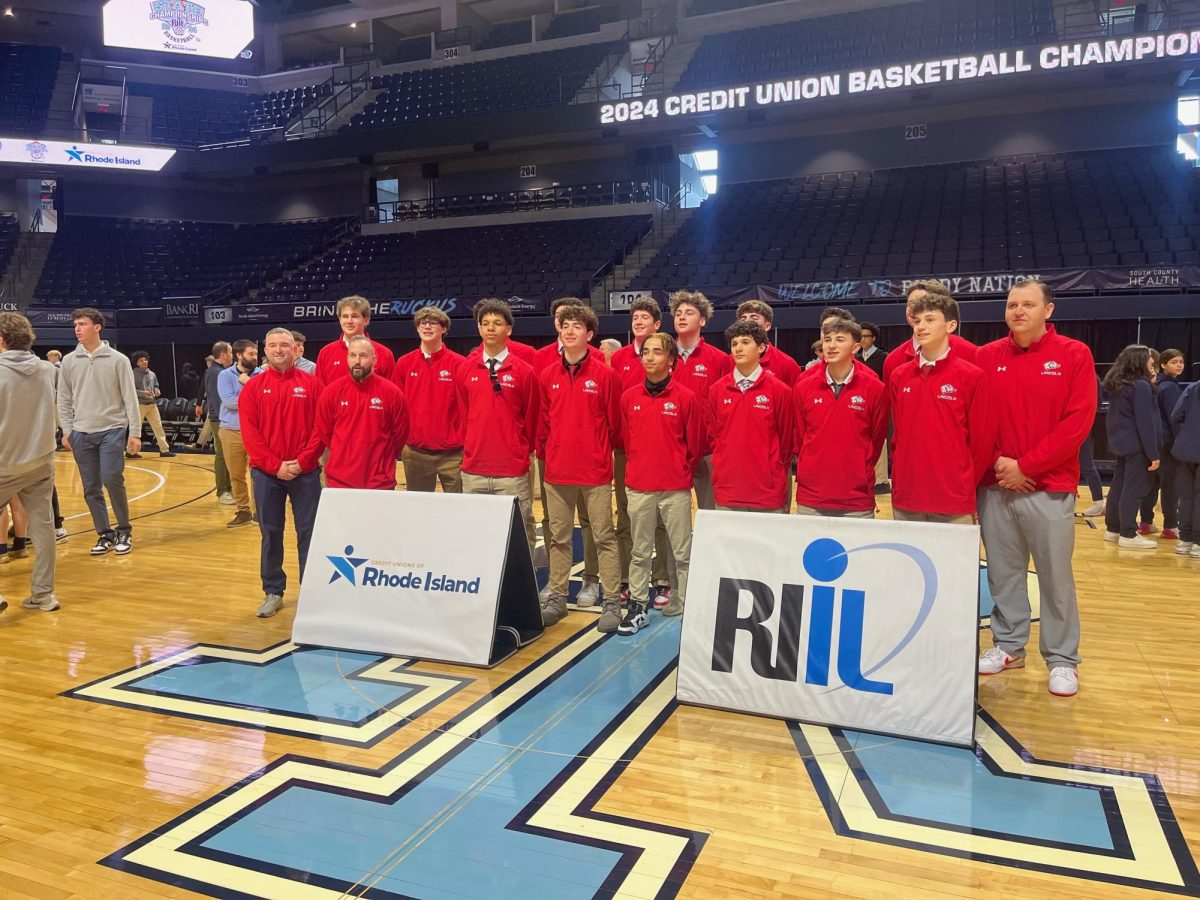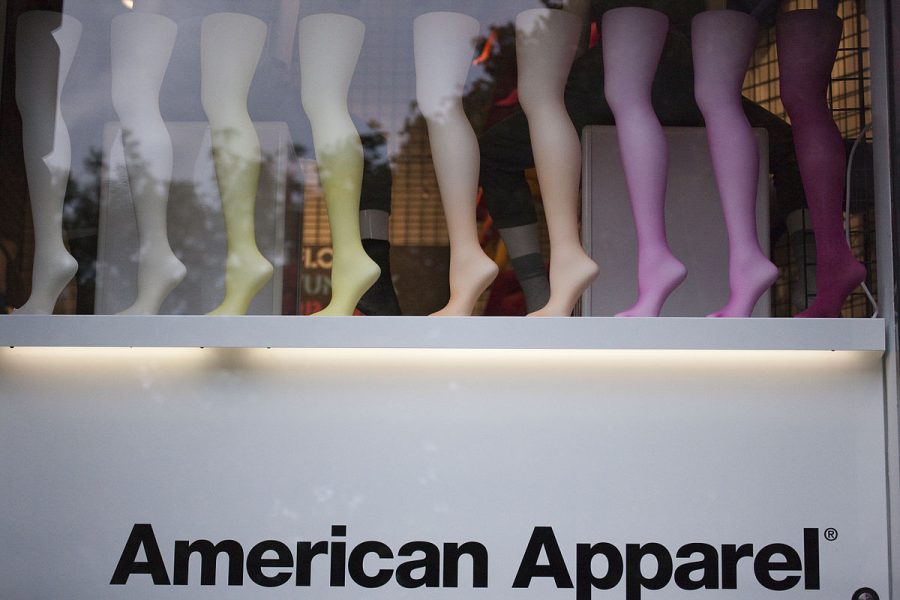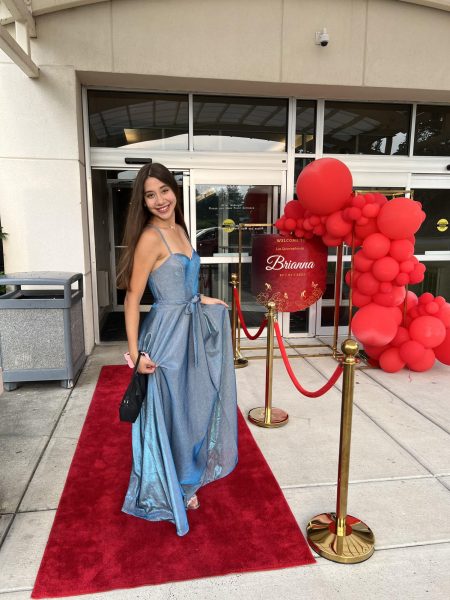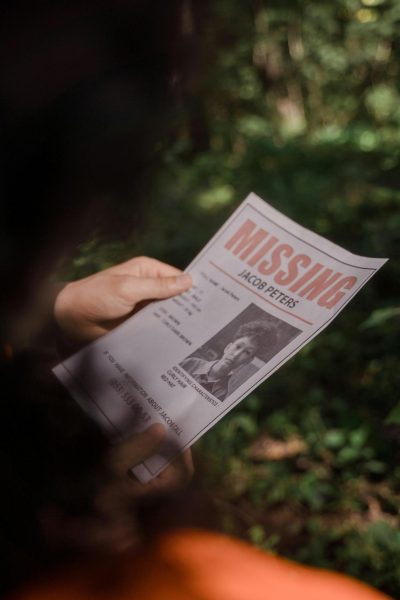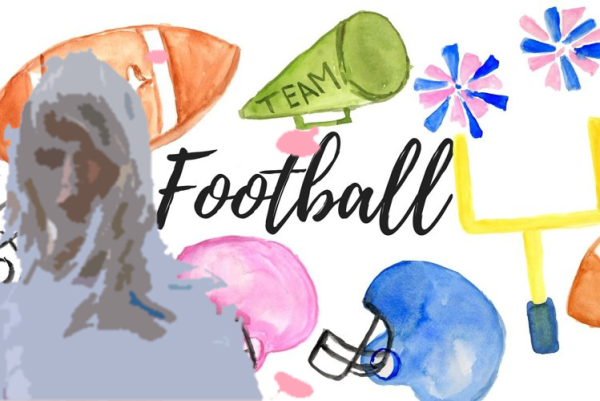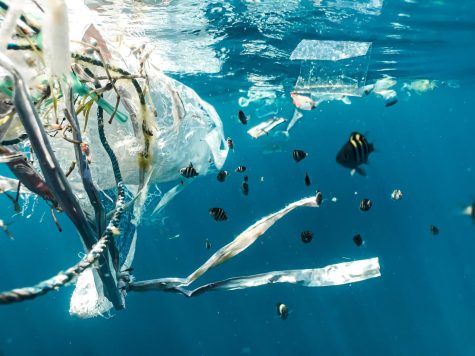The Rise and Crash of American Apparel
William Murphy, Wikimedia Commons
American Apparel was founded in 1989 by Dov Charney.
March 20, 2023
It is 2008, and you’re a teenager at the mall. Around the corner, you see what you came here for – an alabaster store with plain, yet colorful clothing lining the walls and sales benches. The posters and wall advertisements hint at provocativeness, with young, attractive models reclining in leisurely poses, their hair messy, their clothes vibrant, and the photo appearing to be taken by an amateur photographer. They exude an effortless cool, giving off the vibe that they go to parties in expensive Brooklyn apartments and listen to conceptual electronic music, only to go to work the next day as a journalist in a studio fashioned from an old mill. Of course, the block letters in helvetica font just above the store door tells you exactly what you are looking at: American Apparel.
American Apparel was founded in 1989 by Dov Charney, and the ethos of the company mainly revolved around fair treatment of the laborers who made the clothes, as they received fair wages and benefits. For their entire run, their main concern was selling basics, proudly stating that they were all made domestically in the United States. The materials would be clearly stated, and often be breathable fabrics like cotton. Advertisements were originally vague newspaper ads that discussed the company briefly and included very crude photoshoots displaying their clothes. For the first couple of years, they actually only sold their signature basics, with the innovations being slightly different cuts. However, these were different enough to add to their aesthetic, since necklines would be wide as if stretched by usage, colors would be vibrant and bold, and silhouettes would be either tight or provocatively loose.
This brand is a fascinating example of incredible marketing. The models used were much more diverse, in many ways, with different body types and members of the LGBTQ+ appearing in many ads. Barbie Ferreira, a famous ‘plus-size’ model who is well-known for being in Euphoria, actually started her career as a model for the company. This was also partially due to her fame on Tumblr, which at the time was incredibly popular. Additionally, multiple celebrities with curated aesthetics, such as Lana Del Rey, appeared in ads, and many ads made it a point to introduce you to the model you saw, even adding blurbs about their interests. In conjunction with the style of photography, which gives the impression of photos taken candidly on a disposable camera, the store gave itself solid branding. They were hip, they were youthful, they were inclusive, but they were also cooler than you. Considering the brand’s popularity and their relatively high price points, such as $30 for an otherwise ordinary T-shirt, it’s obvious their strategy worked.
They would later go on to have more variety, and that led to some pieces becoming particular must-haves. From their disco pants, to their deep v-neck shirt, to their mesh bodysuit, to their riding pants, to their high-waisted sunflower-print shorts, to their tennis skirts, their most popular pieces all felt more provocative and indie, while still maintaining an ordinary sensibility. They were things you could wear to a crazy frat party, or to the supermarket. Due to all this, they would maintain a cult following for years, with stores in malls across the country. They would also be associated with multiple different aesthetics, from hipster, to indie sleaze, to soft grunge, all mostly plain outfits to match the climate of the time. After all, this would have been during and after the ‘08 recession, and clothes tends to move to slightly less-flashy in wakes of economic crisis. However, this, along with other very important factors, would lead to the brand’s eventual death. After all, fashion would eventually get more maximalist, and mall culture was already starting to die out in the mid-2010’s, which isn’t good for a company with so many retail stores. But that was definitely not the only nail in the coffin.
Remember Dov Charney? He might have had a vision for a more ethical clothing brand, but that morality seemingly did not carry on to his treatment of his models. There were many ads, even from the beginning, that were not just a bit suggestive, but that showed gratuitous nudity. Many pictures had models in incredibly revealing clothing and poses that only highlighted these, in common places like couches and bathrooms where it felt as if the camera was capturing the scene non-consensually. It was to the point where feminists would regularly slam the company, appalled by this overt sexualization of women. What made these worse was the photographer wasn’t some professionally hired team: it was Charney himself. The CEO of the company would personally take all these photos himself, sometimes even starring in them. If that was not clue enough to the type of person this man was, he has been charged with counts of sexual misconduct countless times, including five lawsuits, with people claiming he would sometimes arrive to work mostly nude, and would make models change in front of him. He has been quoted with saying “Sleeping with people you work with is unavoidable”, and in response to some statements Trump made about groping women, he quipped that it should not be seen as a big deal, since he makes much worse comments daily. To make matters worse, Charney also was sued for racial discrimination. Naturally, the other executives at the company did not want the brand associated with a racist, creepy pervert, so Dov was promptly fired from the company in 2014. He now is trying to advertise his new brand, Los Angeles Apparel, which has an almost identical aesthetic, but which is not nearly as well known as his last brand, which can logically be attributed to his shockingly immoral past.
At the point of Charney’s dismissal, the brand had been losing money for 5 years. It would then file for the first of its two bankruptcies the next year, and would eventually close every single one of its physical stores in 2017. However, this year also marked the purchase of the company by Gildan, known for making a lot of basic shirts and for custom printed clothing. You have them to thank for your class shirts, as well as probably many other event apparel you have. The biggest change with this move wasn’t a change in style, fabric type, or even advertisement (although Gildan’s ads are definitely a lot les risqué), it was where the clothing was made. “American Apparel” was now being made in Honduras. Although, morally, Gildan has a relatively good reputation for fair payment and treatment of workers, many were upset at the clothing brand’s departure from domestic labor. In the comments of old Instagram posts, consumers, probably unaware of Charney’s scandals, cry out for his return to the company. They long for the days where the brand felt novel and, well, “American”.
However, many good things came out of Gildan ownership and the decline of the company, at least for the consumer. The brand still sells clothing online, although it has not had a social media presence since April of last year. A lot of the items on their Amazon storefront tend to be wildly cheaper than they were during retail. Admittingly, many reviews comment on a decline in quality from the original production, but I personally purchased some pieces myself, and can attest that they are still fairly decent in quality. I was able to purchase a stylish, completely cotton shirt for only about $7, and the disco pants I bought fit great and were half-off the original price tag of $70. Additionally, the consumer no longer has to feel guilt over purchasing clothing from a very problematic man, and the brand’s website still has a detailed map of all the fits and fabric of their clothing, if you are interested. It even, in the aesthetic spirit of its past, has moodboard-esque pages of photoshoots of the clothing, all with links on how to purchase each item. Their Pinterest also has similar photos, in case you wanted to add them to your own moodboard. For those that seek it out, in the present day, it can be rewarding to shop from there, and enjoy a blast from the past.
It is clear, though, that the brand will never reach the success it once did. Most of the people who bought from there at its peak now have aged and do not necessarily have a wish to buy shirts from a brand they idolized in their teens. In addition, the modern teenager often does not remember the brand, or if they do, do not care about it too much. Despite the thousands of ‘haul’ TikToks daily of different brands like Pacsun or Lululemon, you would be hard pressed to find one of American Apparel, especially one filmed in the last year or two. The brand’s glory days are gone, but perhaps the brand’s switch to online retail will lend it a longer life, even if only in obscurity. Luckily for the brand, the ‘indie sleaze’ and Tumblr-era aesthetics have been intermittently resurfacing, so maybe more people will seek it out. In any case, the brand still stands, as it has for decades.

